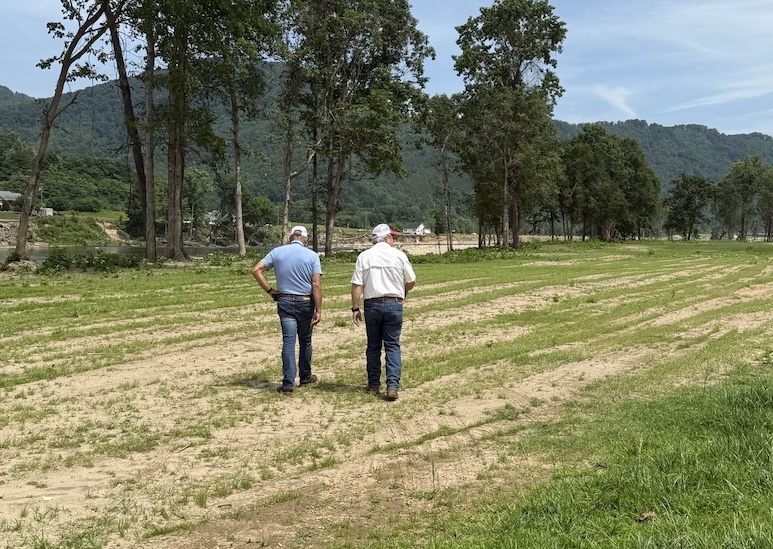State officials visit upper East Tennessee to assess storm recovery efforts and support agricultural communities
Tennessee – Leaders from the Tennessee Department of Agriculture (TDA) traveled to upper East Tennessee this week to observe ongoing cleanup efforts and assess recovery needs following the devastation caused by Tropical Storm Helene. The visit reflects the state’s continued commitment to helping farmers and forest landowners rebuild and recover after the storm swept through the region in September 2024.
The delegation included senior officials from TDA, along with state legislators representing the affected areas. Their tour included stops at multiple farms and forestlands in Unicoi and Washington Counties, where they witnessed damage firsthand and engaged with those working to restore their operations.
“We’re dedicated to helping our agricultural community repair the damage caused by Tropical Storm Helene and restore their operations,” said a TDA official. “Seeing the damage and hearing from those affected helps us understand the full scope of their needs. We’re also actively pursuing additional federal funding to ensure no one is left behind in this recovery.”
The department has petitioned the USDA’s Farm Service Agency for a block grant to address losses not currently covered by insurance or existing federal aid programs. TDA is coordinating with state and federal partners to explore solutions for agricultural and forestry losses that fall outside the scope of traditional recovery support.
During their visit, the team toured a range of agricultural operations and forest properties in both counties. The damage from the storm, which affected more than 150,000 acres across nine counties in East Tennessee, includes extensive crop and timber loss, destruction of farm structures, fencing, and critical infrastructure.
Economic impact estimates from the storm now range between $547 million and $1.8 billion. This figure includes structural damage, debris removal, indirect economic effects, and long-term reclamation needs. In addition, the Division of Forestry has estimated the loss of over 74,000 cubic feet of timber, valued at nearly $60 million.
The visit served as a critical step in ensuring state and federal recovery resources align with the long-term needs of the region’s agricultural and forestry communities.

